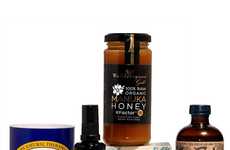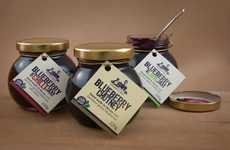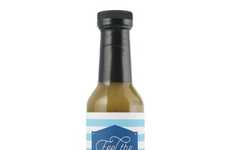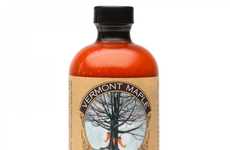


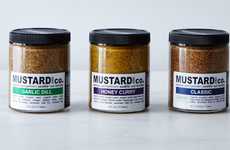
Mustard is elevated from classic condiment to a platform for experimentation
Implications - As consumers continue to explore new takes on old condiments for flavor enhancement, many are opting to move away from classic yellow "American" mustard in favor of artisan medleys that experiment with international flavors and varying levels of heat. Consumers embracing this new approach to a classic condiment demonstrates a desire to reposition familiar favorites that may seem to have grown tired.
Workshop Question - What is the most basic element of your offerings and how can you elevate that to be more enticing to consumers?
Trend Themes
1. Artisanal Flavors - Consumers are opting for artisanal mustard blends that experiment with international flavors and varying levels of heat, providing an opportunity for small businesses to offer unique blends that differentiate themselves from traditional condiments.
2. Demand for Gourmet Condiments - Consumers are willing to spend more on high-quality food additives that enhance familiar dishes, which presents an opportunity for businesses to offer small-batch, high-end condiments with distinctive flavors.
3. Spice Trend - Consumers are increasingly seeking out spicy flavors like cayenne pepper and this trend can be incorporated into traditional condiments such as mustard or inspire the creation of new spicy condiments.
Industry Implications
1. Food and Beverage Industry - Incorporating unique artisanal mustard blends into menus can help attract foodie customers looking for distinctive flavors, and small-batch producers can offer high-end condiments with a difference.
2. Hospitality Industry - Hotels and restaurants can capitalize on the spice trend by offering spicy condiments like cayenne-spiced mustard, for dishes ranging from burgers to salads.
3. Retail Industry - Retailers can offer small-batch mustard sampler packs with different flavors, introducing customers to a wide range of unique and artisanal condiments.




















